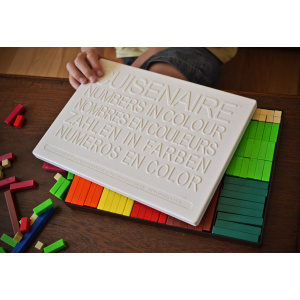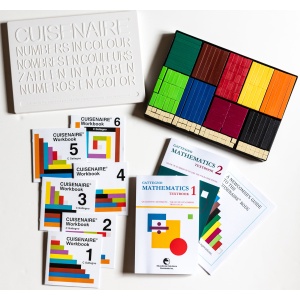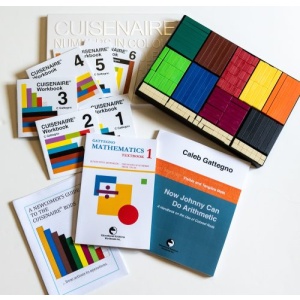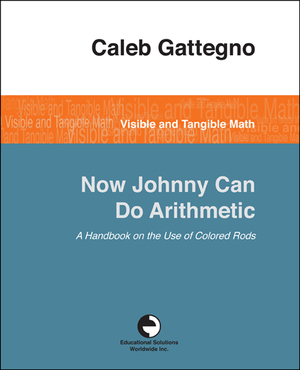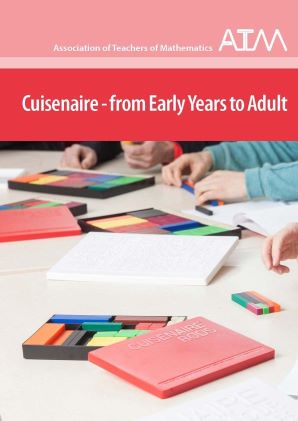Which Set should I buy?
There are no instructions or a manual as such. Cuisenaire Rods don’t require that level of guidance. However, there are workbooks and textbooks written for use with the rods. There are also books by people who have used the rods and written about their experience.
The Starter Packs are useful if you want to dive more deeply into the methodologies surrounding the Cuisenaire Rods. The different Starter Packs have slightly different applications.
The best book for beginners...‘Now Johnny Can Do Arithmetic’ looks at why some students struggle, and illustrates how they can overcome these struggles.
Madeleine Goutard
Two seminal texts by a gifted teacher whose work with children has been a source of inspiration for many.
‘Talks for Primary School Teachers’ is not a textbook, nor an ABC of the rods, but a study in simple language of the Cuisenaire-Gattegno approach to mathematics teaching.
'Mathematics and Children' may be most appreciated by maths teachers. In this book, Madeleine Goutard describes her creative, yet mathematically rigorous use of Cuisenaire rods to teach mathematics. Goutard sees to the heart of any difficulties children may have with mathematics and shares her methods for bringing children to a clearer understanding. For the teacher, Goutard provides quite simply an outstanding role-model for maths teaching.
